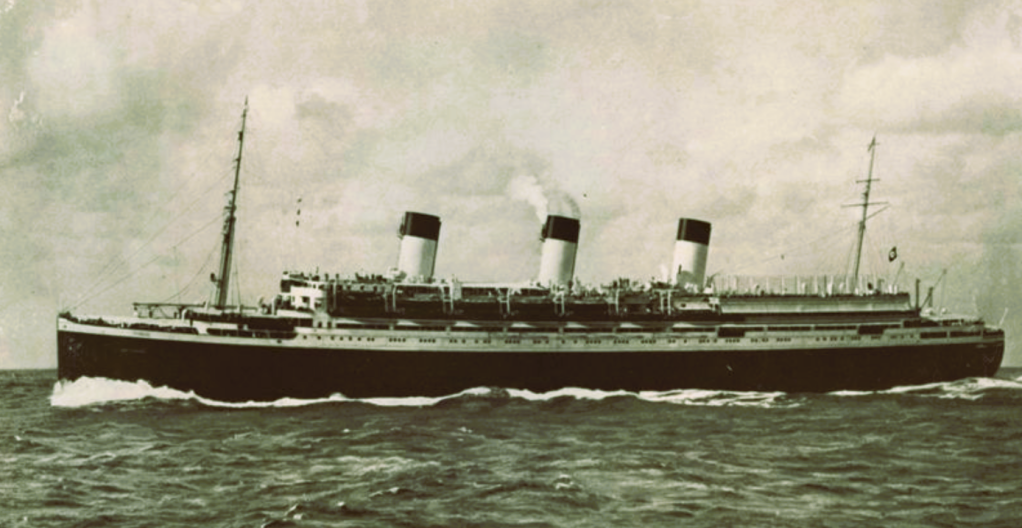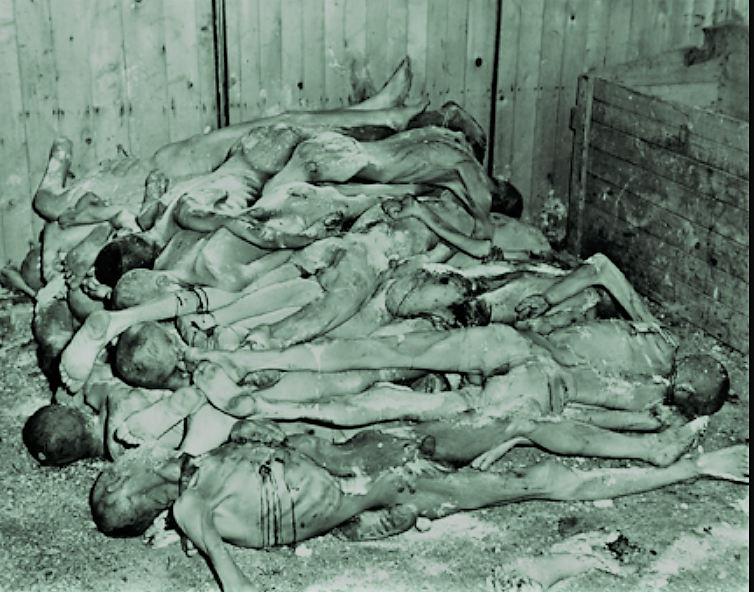
The photograph above is a collage of the faces of the female SS guards in Ravensbrück concentration camp. Like their male counterparts, they were also agents of evil. They had subscribed to the Nazi ideology.
Ravensbrück was a purpose-built concentration camp to imprison predominantly women. It housed around 120,000 women and children, 20,000 men, and 1,200 adolescent girls and young women (imprisoned in the Uckermark Juvenile Protective Custody Camp) registered as Ravensbrück prisoners between 1939 and 1945. These prisoners came from over 30 nations and included Jewish, Sinti, and Roma people. It was also a camp where they conducted many experiments. In 1942 and 1943, selected inmates were infected with gas gangrene or other bacteria and given a series of cures—that more often than not—resulted in death or severe disabilities. In 1944, they subjected prisoners to experimental bone transplants and amputations.
The female SS guards were pivotal to the running of the camp. Many of them were mothers and had children.

A job advertisement from a 1944 German newspaper stated the following, “Healthy, female workers between the ages of 20 and 40 wanted for a military site. Good wages and freeboard, accommodation, and clothing are promised.”
An estimated 3,500 women worked as Nazi concentration camp guards, and all of them started at Ravensbrück. Many would later work in extermination camps like Auschwitz-Birkenau or in Bergen-Belsen.

Guards, like Anna Enserer, were employed in Ravensbrück from 1940 to the spring of 1942. In the spring of 1942, Anna Enserer was assigned to Auschwitz, where she was on duty until November 1942. After falling pregnant and giving birth, she left the baby with her mother returned to Auschwitz, and was employed as a block leader.
As part of the research into the SS guards of the Ravensbrück Women’s Concentration Camp, memorial staff interviewed the former SS guard Anna Enserer (1919-2007). The conversation took place in her apartment. During a break in the interview, Ms. Enserer opened a kitchen drawer and pulled out this small place card. Her name, “Overseer Enserer (II), Anna,” was written in the middle of the broken letters, surrounded by green fir branches with burning candles. On the right is a child-like angel figure with blonde hair holding a violin in his hand. Most likely, the prisoners made this name card for a Ravensbrück SS Christmas party.

From autumn 1941 onwards at the latest, arts, crafts, and drawings were made by prisoners in several workshops and work detachments for the SS: not only toys, badges, or dolls, but also congratulations and Christmas cards or, as in this case, place cards for the official one Christmas party.
The murder of prisoners in Ravensbrück evolved. Initially, prisoners were shot in the back. Later, women were transported to a T4 Program killing center or Auschwitz to the gas chambers. Prisoners at Ravensbrück were also murdered by lethal injection and cremated in the nearby resort town of Fürstenberg. In late January or early February 1945, approximately 2,200 women were murdered by gas chambers constructed next to Fürstenberg’s crematorium.

From July 1942 to about September 1943, experiments were conducted to investigate the effectiveness of sulfanilamide at the Ravensbrück Concentration Camp for the benefit of the German Armed Forces. Wounds deliberately inflicted on the experimental subjects were infected with bacteria such as streptococcus, gas gangrene, and tetanus.

At Ravensbrück, SS female guards, armed with attack dogs, forced malnourished women inmates to march to slave labor sites each day, guarded them as they performed manual labor, and then force-marched them back to the concentration camp. The prisoners, under notoriously inhumane conditions, were held as German shepherds used as guard dogs.
Anna W. was a prisoner at Ravensbrück. The following is an excerpt of her testimony.
The camp was liberated on April 30, 1945, by Soviet troops. Very few of the female guards were ever convicted.
-Anna: “I was sterilized myself, but in Ravensbrück.
Q: In Ravensbrück. How old were you back then?
Anna: Sixteen.
Q: And did you know what…
Anna: Not quite sixteen.
Q: Did you know what kind of…
Anna: No, I did not know that. They said they were just examining, but the pain afterwards, so then you realized.
Q: That was of course, very, very…
Anna: There were several young girls, of, how old were they, twelve years, twelve, fifteen-, sixteen-year-olds.
Q: And Friedel [her husband], too?
Anna: No.
Q: No, not him. Because I know that they also did this to the boys…
Anna: Yes, I even know some where they did it.
Q: Yes, I think Ranko B., no?
Anna: Yes.
Q: He spoke about it. This is something very terrible, for a woman, no?
Anna: Very much, yes. For now I have to suffer from it. Since I could have had a family, could have, I could have had grandchildren who would be twenty years by now, my grandchildren, right…”
Sources
https://www.dw.com/en/ravensbr%C3%BCck-female-concentration-camp-guards/a-54517319
https://www.bbc.com/news/world-europe-55661782













































You must be logged in to post a comment.